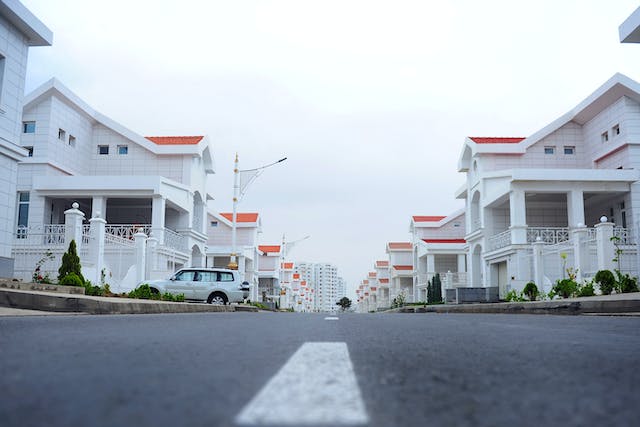Creating a successful development requires careful research and planning, including a full accounting of all the possible risks, as well as the potential rewards. When the right balance is struck, it’s a lucrative business, and with the right track record, commercial and residential real investors will beat a path to your door to find you.
Jack Levy is a real estate professional who currently serves as the President of Grupo VEQ in Guadalajara, Mexico. His firm specializes in the construction, management, and promotion of development properties. With over two decades of experience with striking that risk/reward balance, Jack Levy has unique insights into building a trusted real estate brand.
An essential part of VEQ’s success is its team, providing the backbone of the company by ensuring customer satisfaction and the happiness of suppliers. Levy credits the team with ensuring that the firm continues delivering quality products for his clients.
“Developing real estate has so many complexities, it’s a complicated career path,” says Levy. “The process is lengthy and expensive, and you’re constantly mitigating risks. It can take years for a project to go from the initial idea through the design and planning stages, to construction, to completion. Every step has its own obstacles and challenges, and with experience, you learn to navigate them to your advantage. None of this would be possible without the expertise of our team.”
Table of Contents
The risks and the rewards
Jack Levy shares that the amount of risk he chooses to take on depends entirely on the type of project he’s engaged in, as well as the stage of the project in question. Risk is an ever-evolving prospect through the life cycle of a development project. Risk increases, of course, with every dollar spent on moving that project from an idea to a revenue-generating development. Thus, different types of developments come with different types of risk.
One type of development that typically offers a lower risk throughout its life cycle is a “build to suit” project. This is usually a retail development, and it only begins when a developer secures a long-term tenant, like a Starbucks or a Wal-Mart. When they sign on, design and construction can begin, suiting the needs of the tenant.
Not only does the secure tenant reduce risk, but the types of buildings are usually pre-designed, making things much simpler. The downside is that there’s a low ceiling to the investment return. These developments are common, and there’s no chance to capitalize on any pent-up demand in the market.
“When you want those high rates of return, you do have to take on more risk,” says Levy. “Many of our developments are “spec projects”, meaning you’re relying on predictions and forecasts about the market demand. It’s a scary prospect to hope you’re finding an unserved marketƒt because it’s not always obvious, is it? How do you know the demand is pent up if you can’t see it? These are questions you ask yourself.”
Taking on risk at pre-development
It’s impossible to avoid risk altogether in real estate development, but it’s important to take steps to identify the common risks and the best way to mitigate them. As the risks change, so do the tools to deal with them. As a developer, you’ve decided to commit at least some resources to this idea, but no one else has yet. It’s a challenge to convince investors to believe in the idea in the same way you do. As each stage passes, more resources are committed, both from you and your investors – thus, your obligations increase. But as Jack Levy says – usually, so does your will to finish the deal.
“You’ve done all this work in the pre-development stage in researching the marketplace, as well as the regulatory landscape. You’ve done the due diligence in identifying market opportunities, unmet demands. You’ve dealt with permits, zoning variances, all the red tape stuff you have to address before beginning construction. Once you get past the starting line, you’re committed to seeing it through and paying off the trust of your team and your investors.”
Getting to the rewards
Even after you’re cleared every stage, from design, to permitting, to getting the project built, the risks remain. What if, after you’ve built the underground garage and shined the stainless-steel sinks, the tenants just don’t show up in the numbers you need? Or you get no buyers on your spec skating rink?
These late stages require extensive pre-planning as well, with fleshed-out marketing plans to attract potential tenants, as well as metrics on timetables for managing and/or selling the development. In Jack Levy’s experience, investors at this stage are looking for the ‘stabilization threshold’.
“They want the development to sufficiently ‘lease up’, meaning hit an occupancy of around 90%, such that the tenant income will cover operating costs,” says Levy. “So those potential tenants need to be courted as early as possible, to get those leases signed and get the building occupied, so there’s less chasing to do at the later stages to achieve that stabilization.”


